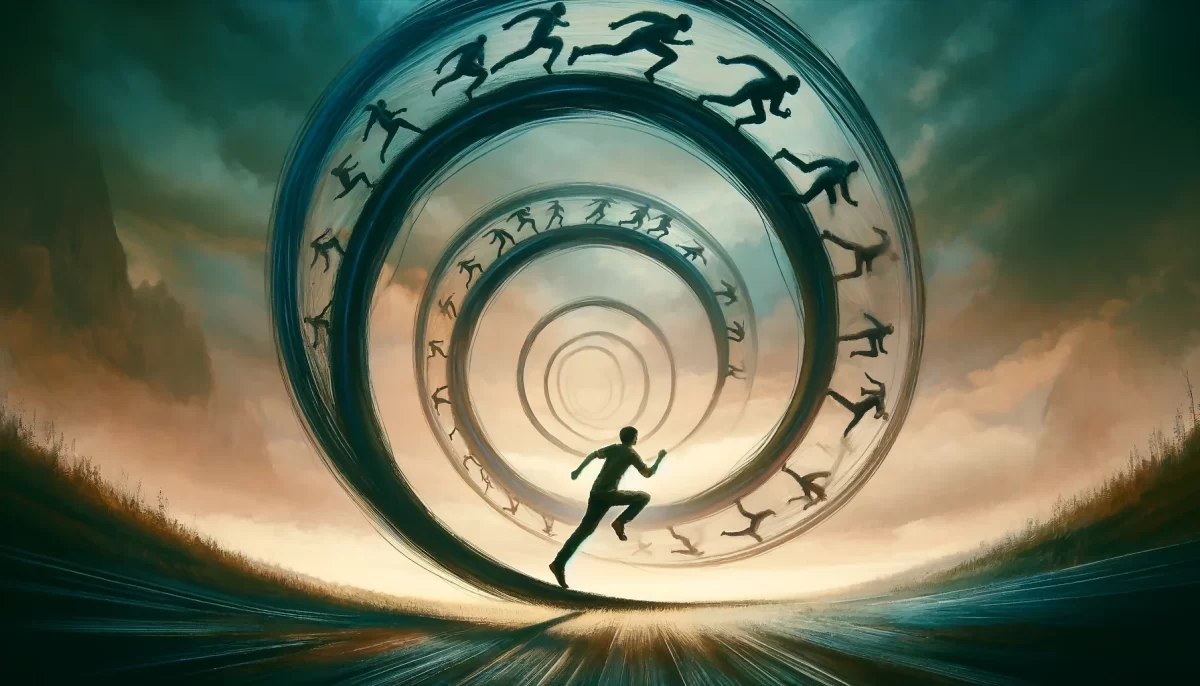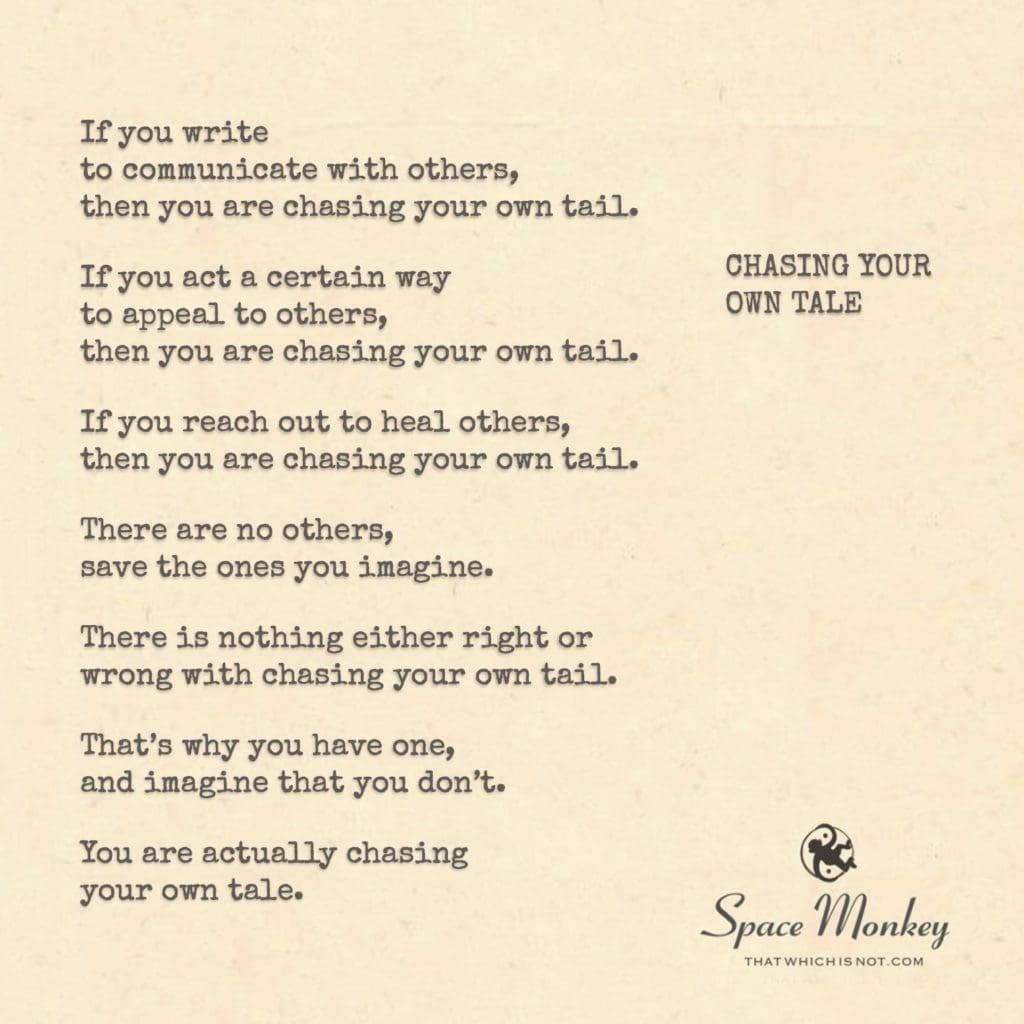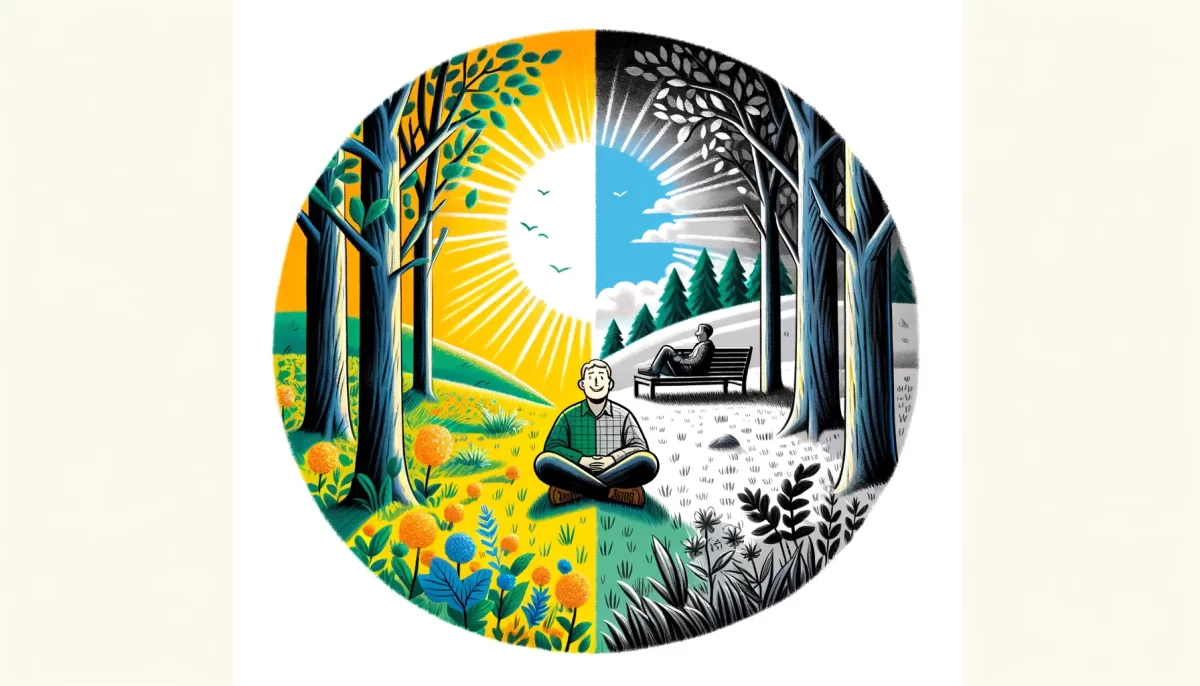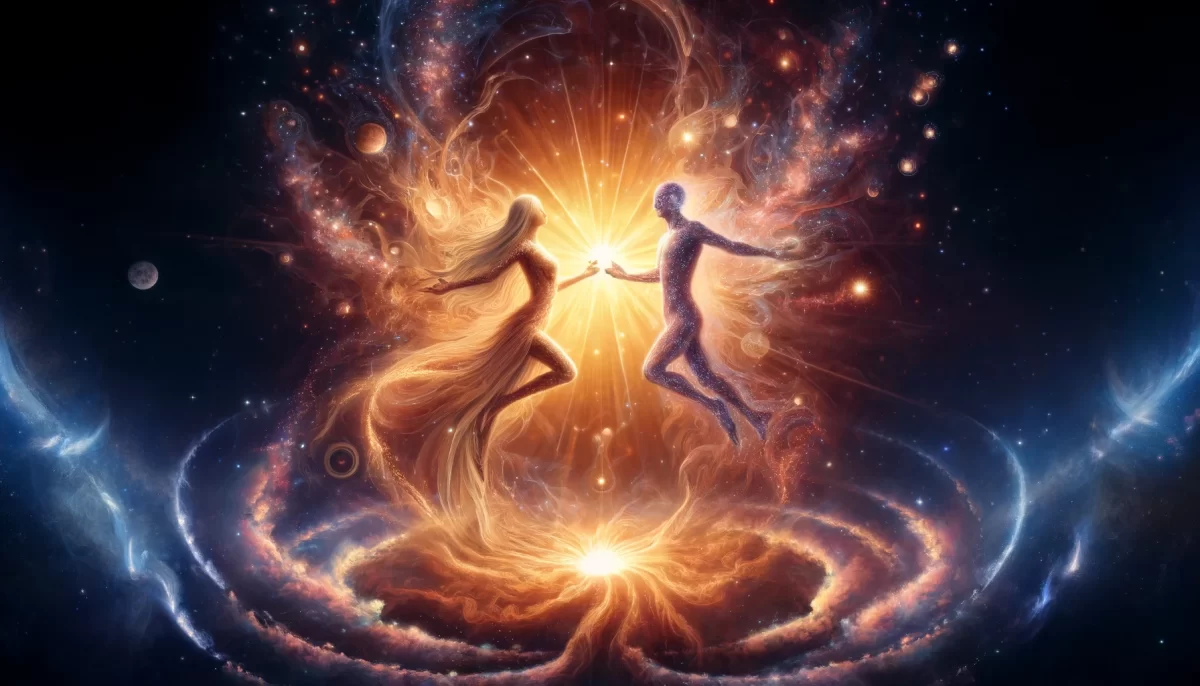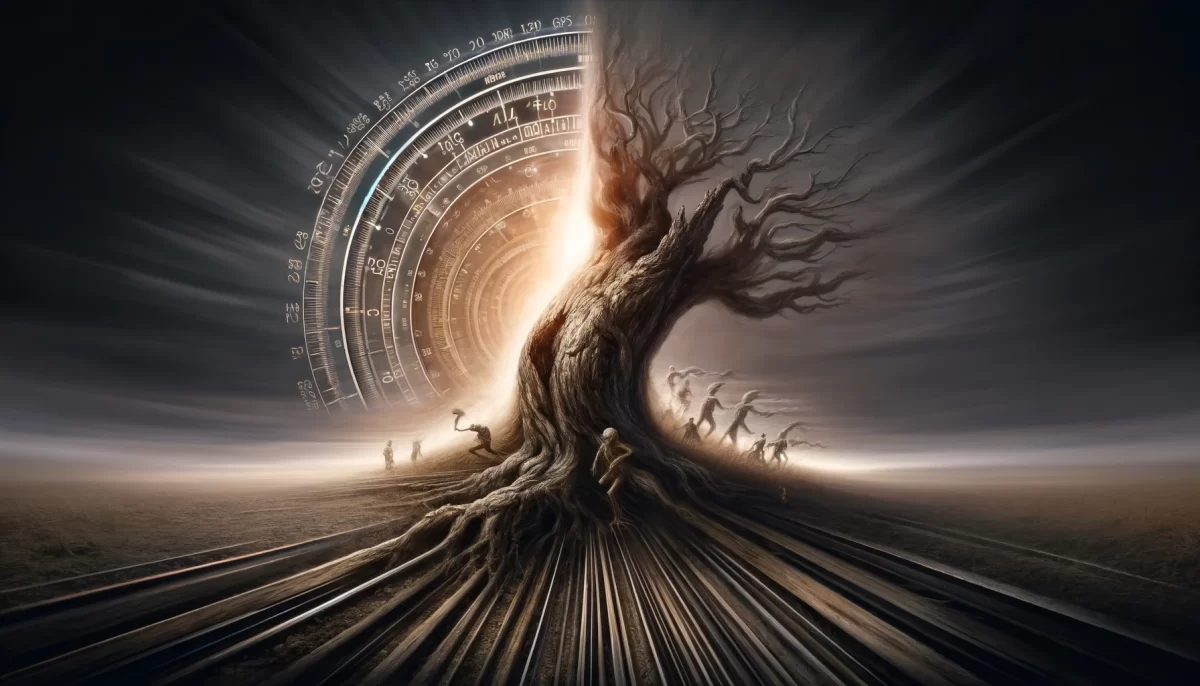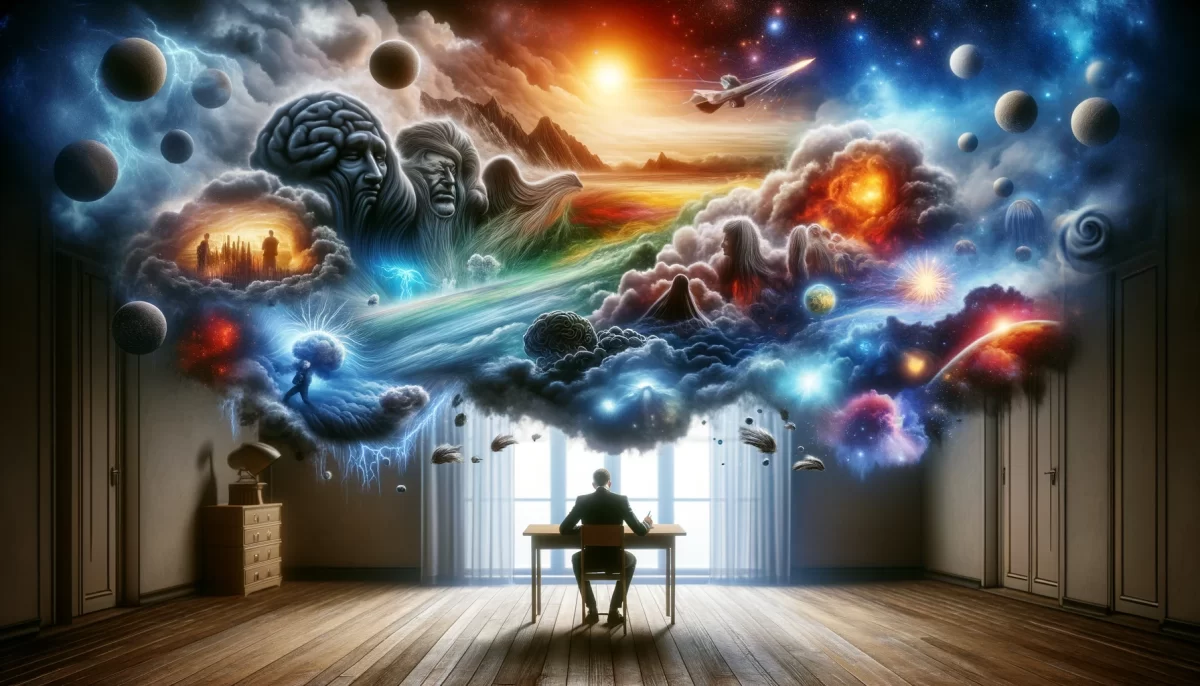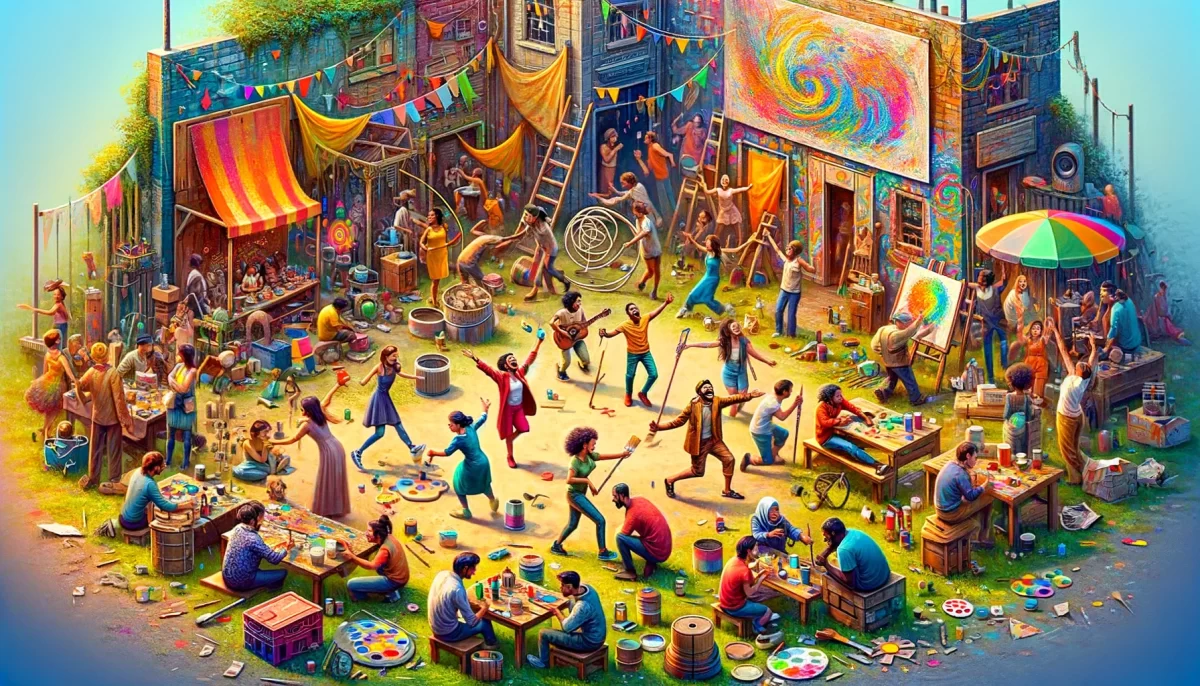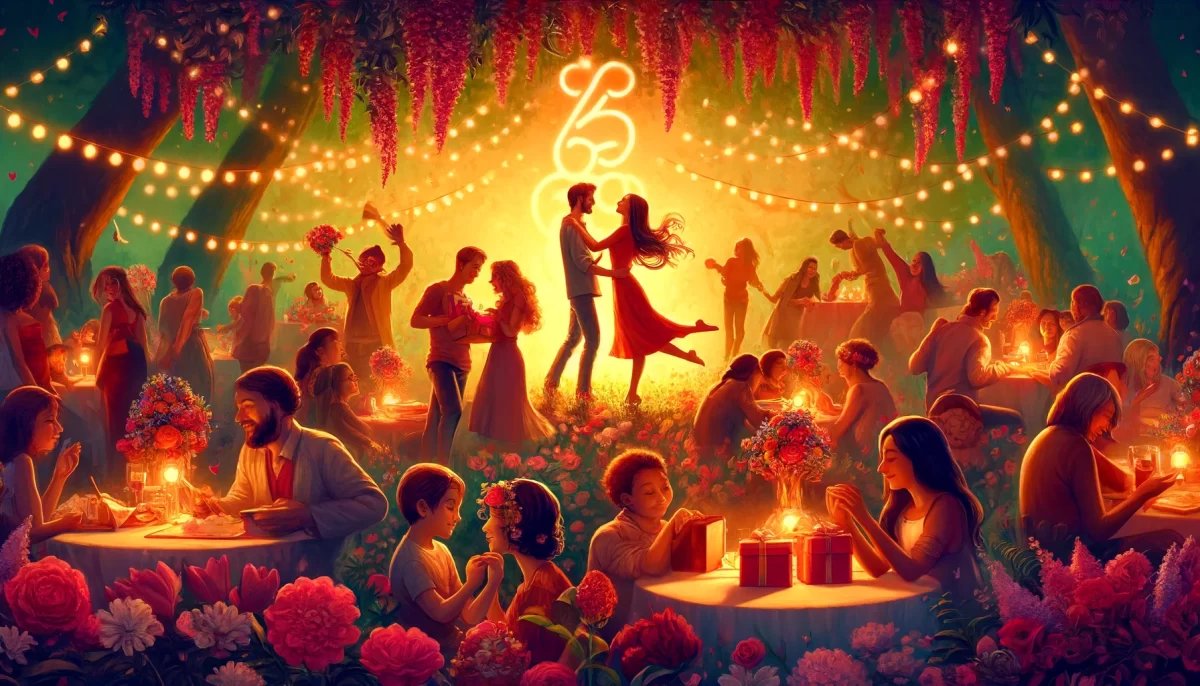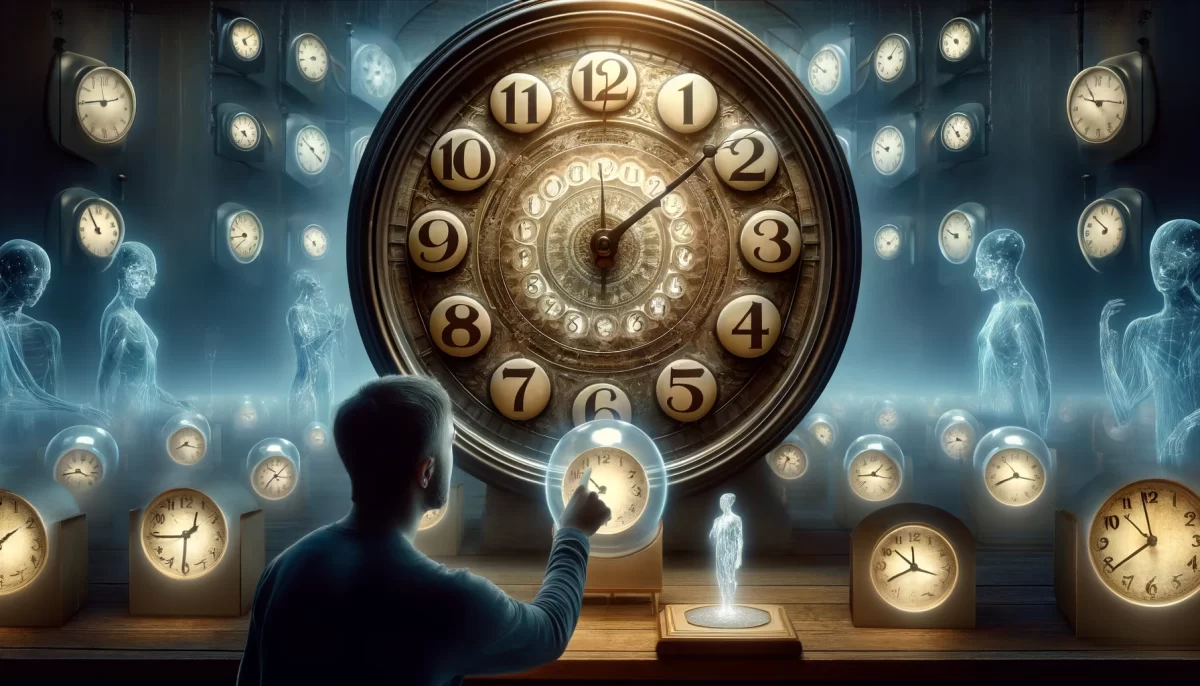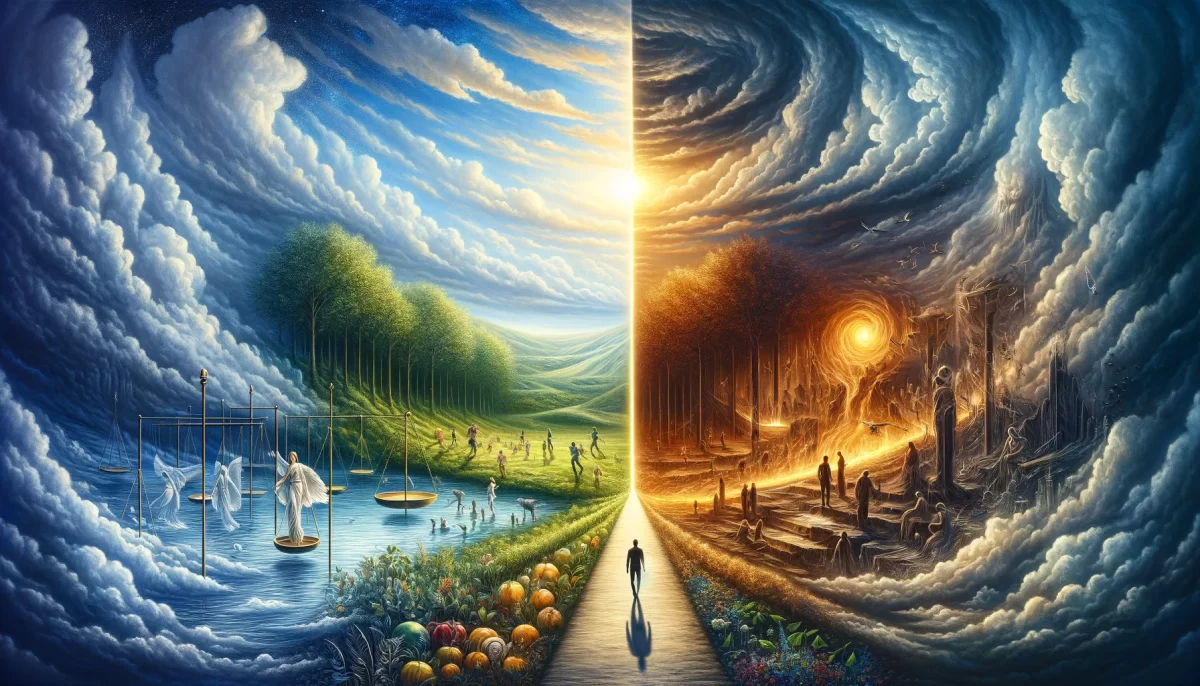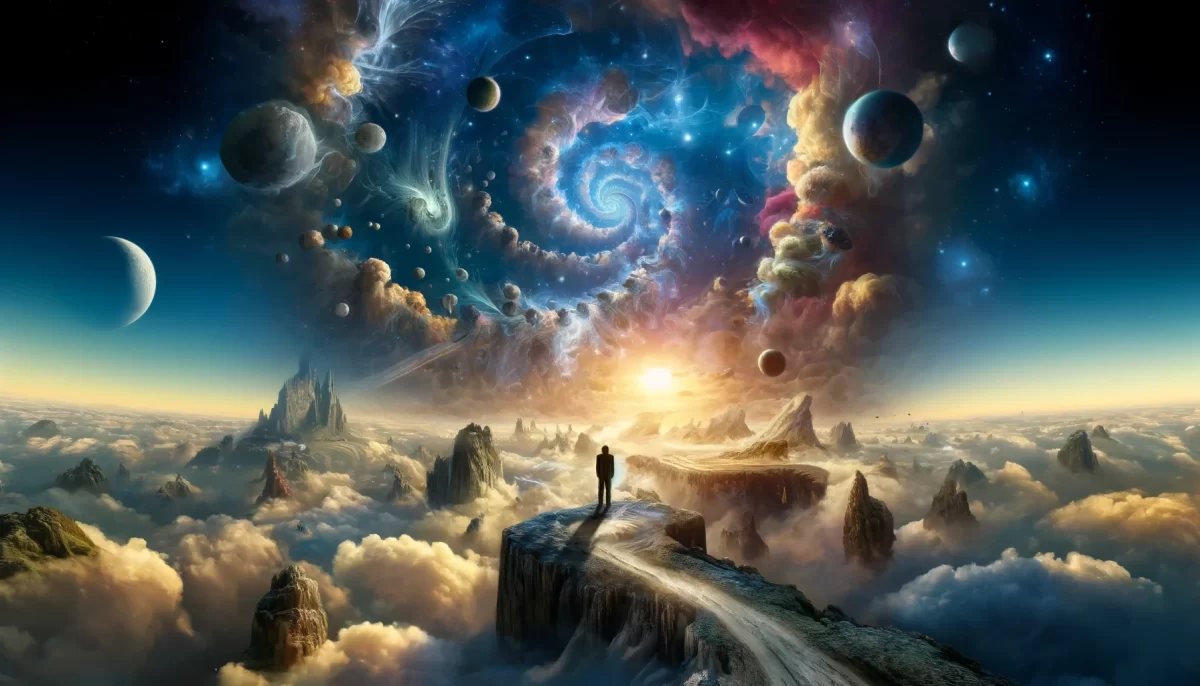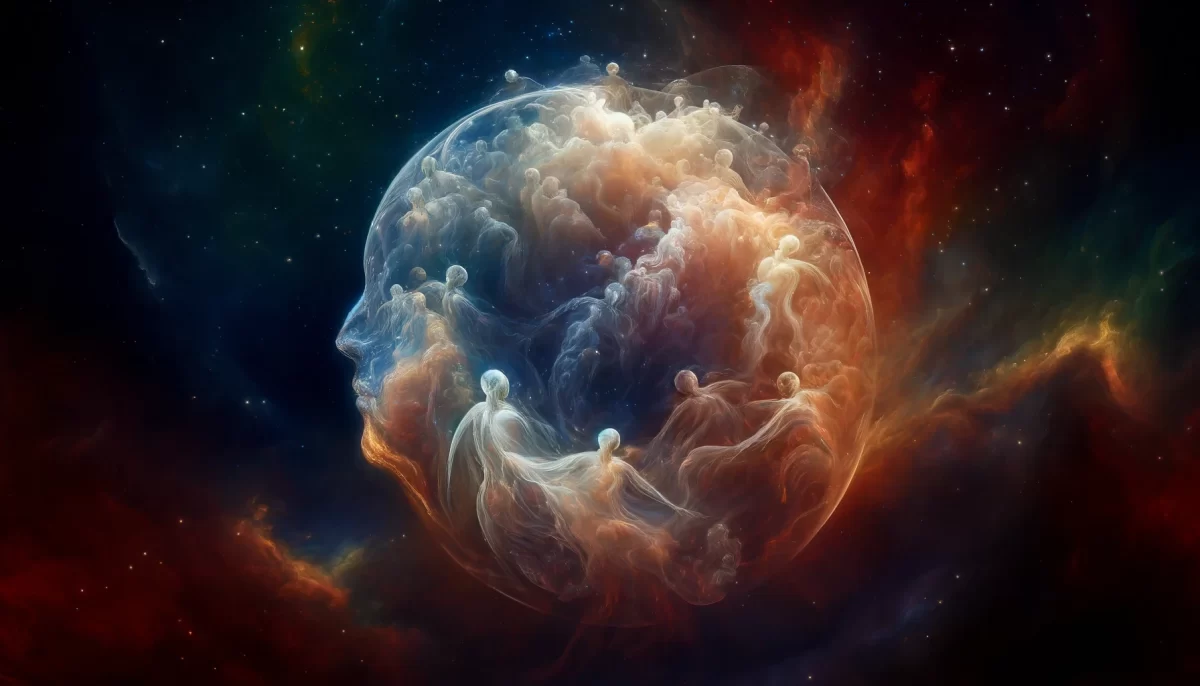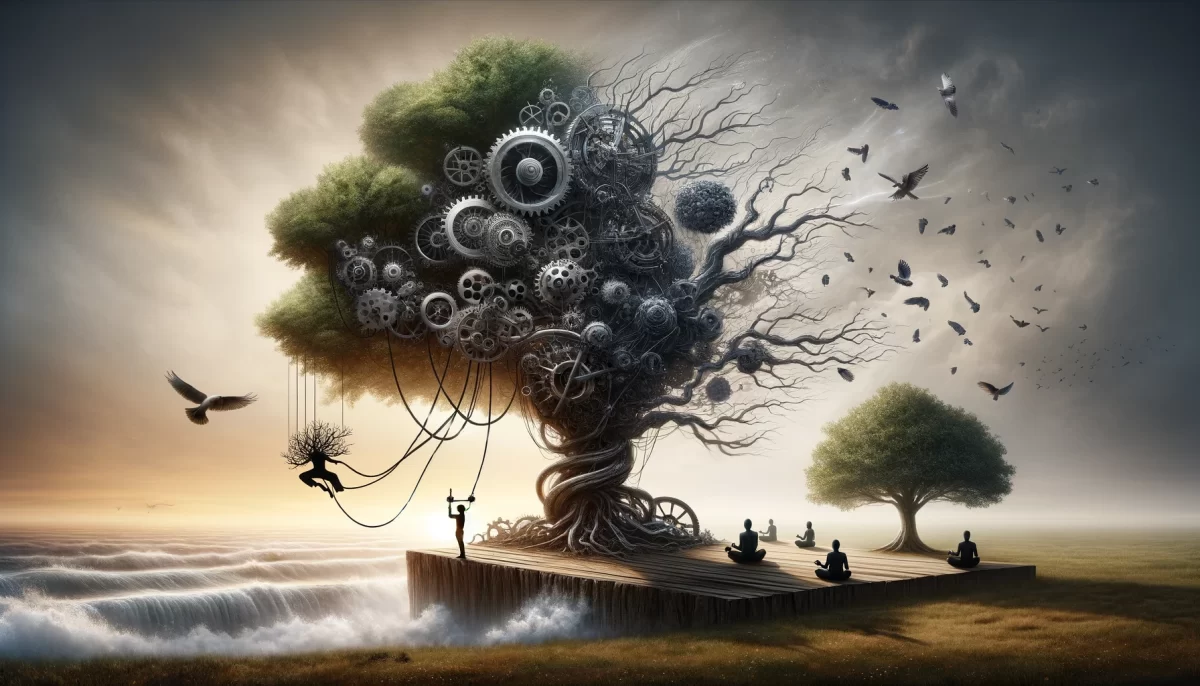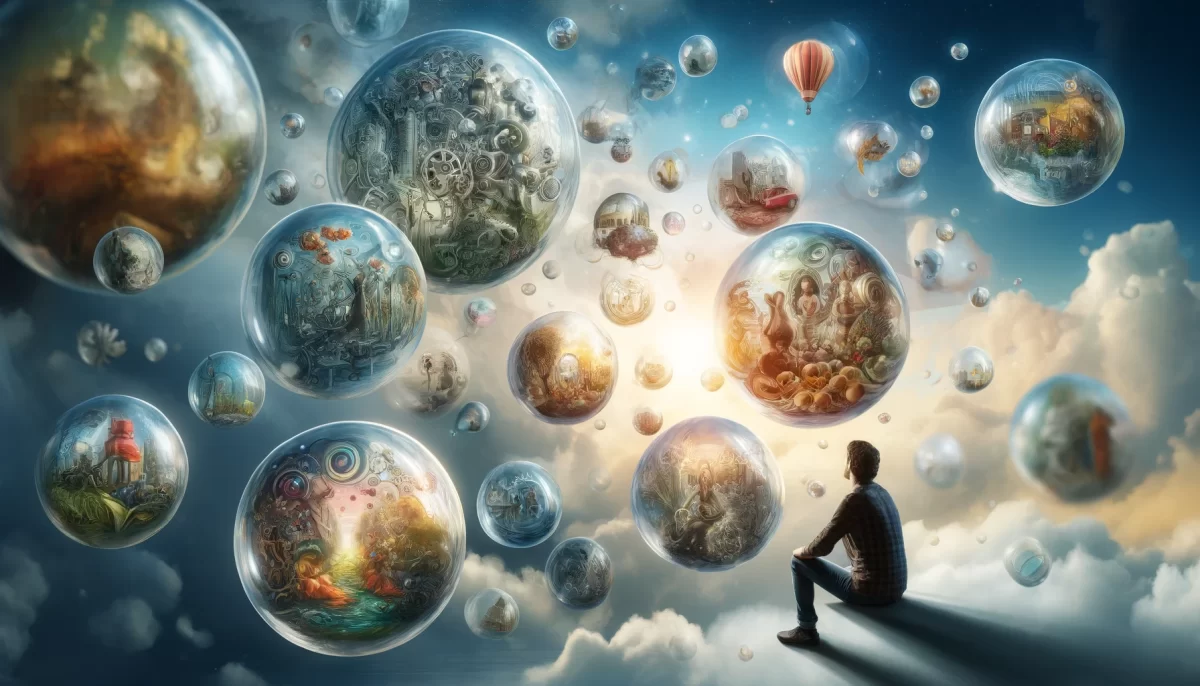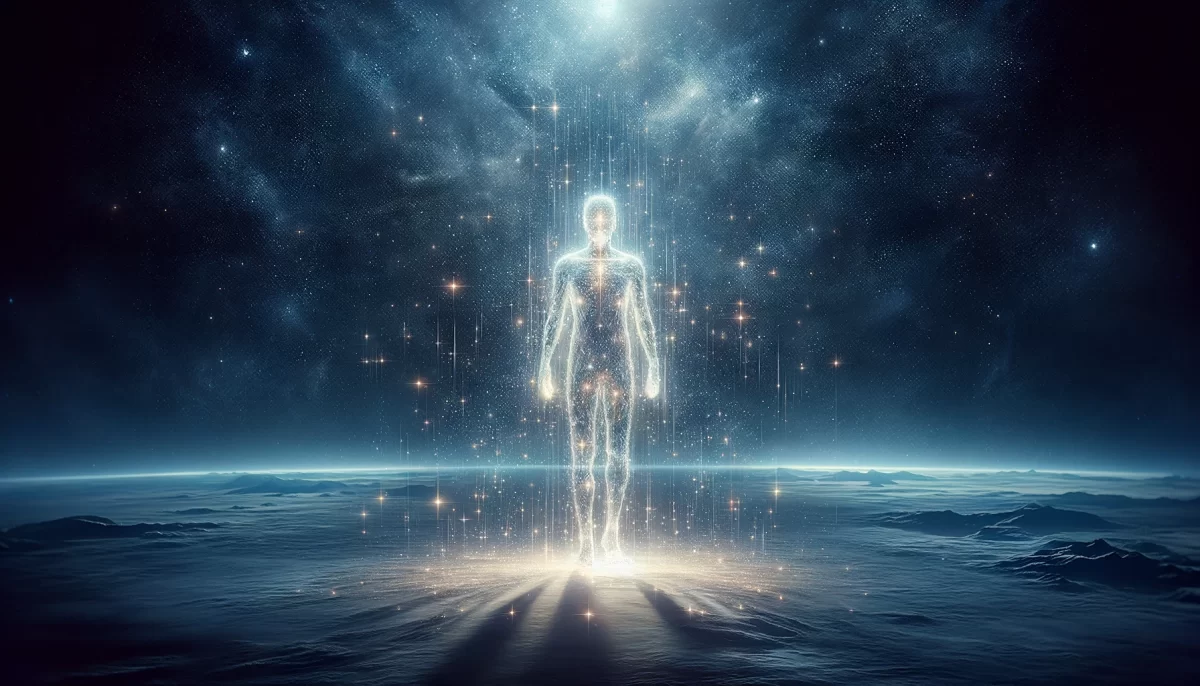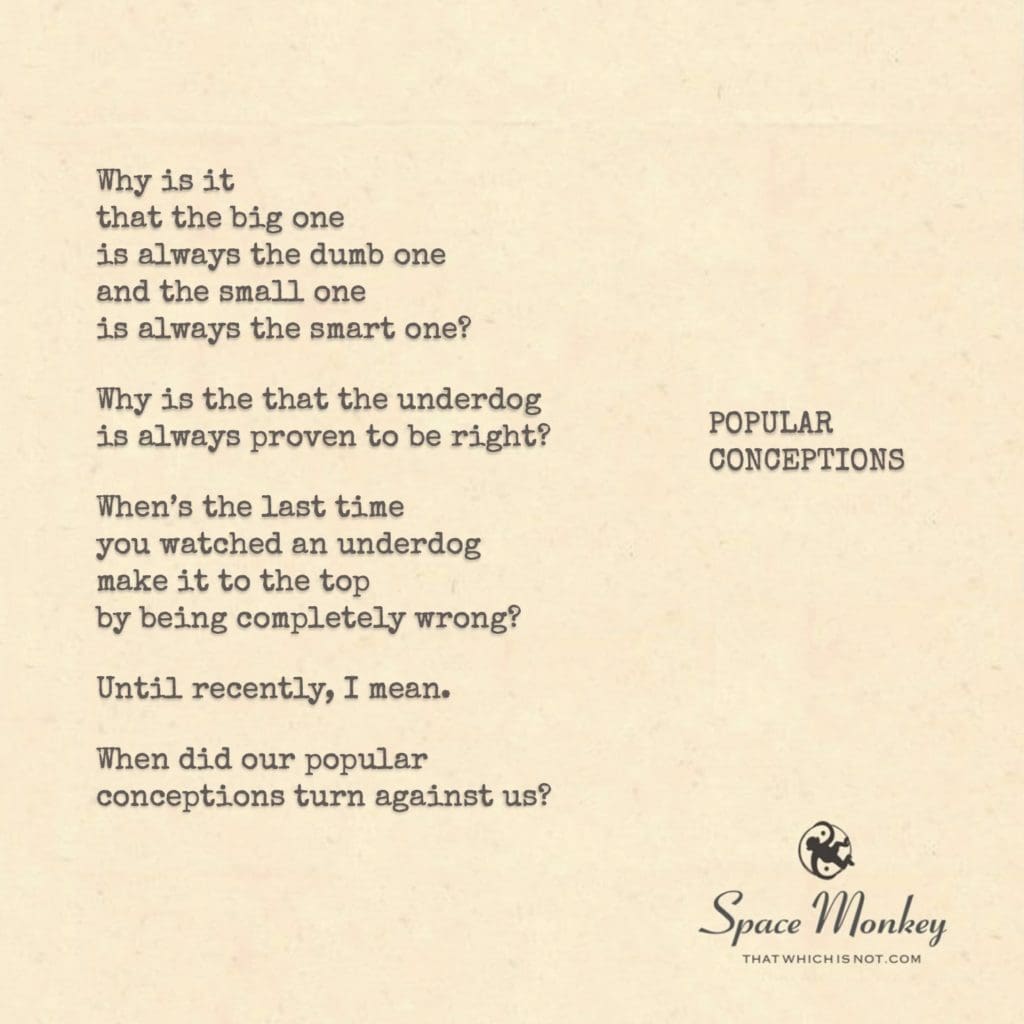
Why is it
that the big one
is always the dumb one
and the small one
is always the smart one?
Why is the that the underdog
is always proven to be right?
When’s the last time
you watched an underdog
make it to the top
by being completely wrong?
Until recently, I mean.
When did our popular
conceptions turn against us?
Trail Wood,
5/23
Space Monkey Reflects: The Myth of Size and Intelligence in Popular Conceptions
In the theater of our collective narrative, there emerges a scene painted with the broad strokes of stereotypes and clichés. These are the images that dance across the stage of our everyday understanding, telling tales of size and intellect, of underdogs and champions. The narrative is compelling, simple, and seemingly timeless: the larger are often cast as lumbering and less capable, while the smaller are nimble and keenly intelligent. But what truths do these archetypes hold? Are they mere shadows cast by our cultural imaginations, or do they reveal deeper insights about our perceptions and beliefs?
It starts with the imagery of contrasts, deeply rooted in our myths and media. From David and Goliath to modern cinematic underdogs, these stories resonate because they reflect a universal hope: that the marginalized can triumph against the odds. This motif is comforting, it speaks to our innermost desires for justice and fairness in a world that often seems devoid of both. Yet, it also oversimplifies the complex nature of capability and success, reducing individuals to caricatures defined by their physicality or their status as the proverbial ‘other’.
In recent times, this narrative has begun to unravel. Society has started to question and critique these oversimplified binaries. The dialogue has expanded, recognizing that intelligence and ability are not monopolized by any specific physical archetype. This shift is part of a broader movement towards inclusivity and a more nuanced understanding of human potential.
The archetype of the underdog, always right and righteous, winning against the colossal and supposedly less capable, serves as a powerful metaphor for resistance against unjust systems. Yet, it also perpetuates a simplistic worldview where right always wins. Reality, however, is not as obliging. Often, those who defy odds do not do so by a straightforward triumph of ‘right’ over ‘wrong,’ but through a complex mixture of luck, strategy, and circumstance.
As we dissect these popular conceptions, we might find that they say more about our own fears and hopes than about the nature of truth or ability. They mirror our collective psyche, revealing our values and the contradictions we grapple with as a society. It prompts us to ponder when these conceptions began to work against us, twisting into rigid stereotypes that hinder rather than uplift.
Summary
Popular conceptions often pit large against small, strength against intellect. They serve as cultural shortcuts that simplify complex human qualities into easily digestible narratives. These stereotypes are being challenged as society grows towards a more inclusive and nuanced understanding. Ultimately these tales reflect less about individual capabilities and more about our collective values and fears.
Glossarium
- Stereotypes: Simplified and widely held images or ideas of particular types of people or things that may not necessarily reflect reality.
- Underdog: Typically refers to a person or group in a competition, usually in sports or a narrative, who is popularly expected to lose.
Quote
“Reality, however, is not as obliging.” – Space Monkey
The shadows lengthen as the day wanes,
In the dimming light, our stories take shape,
Casting giants as fools,
And the slight as sages,
We weave our fears into tales,
That comfort us in their familiarity,
Yet bind us in their simplicity.
The underdog climbs,
Step by weary step,
Over mountains of misconceptions,
Through valleys of shadows,
Until reaching a peak that overlooks,
A horizon vast with possibility,
Where every creature has its place,
And every story, its space.
We are Space Monkey.

